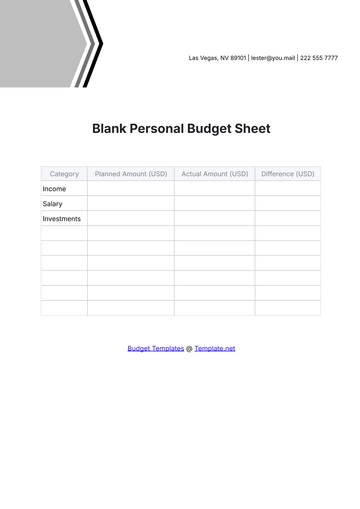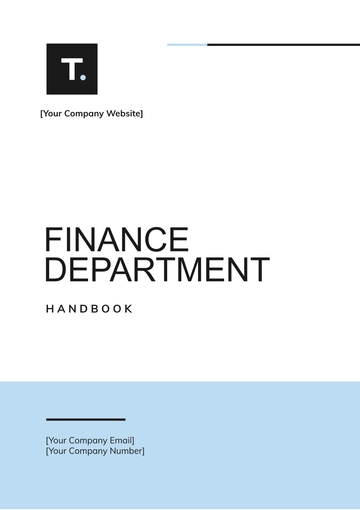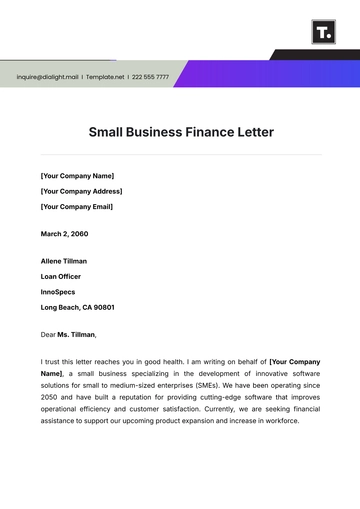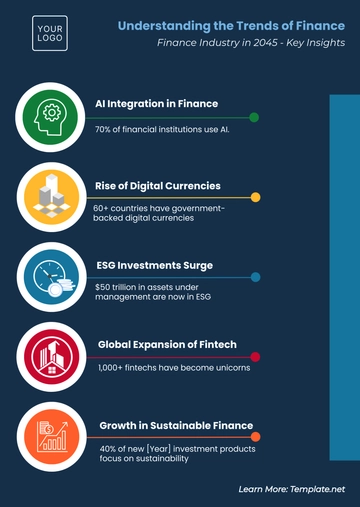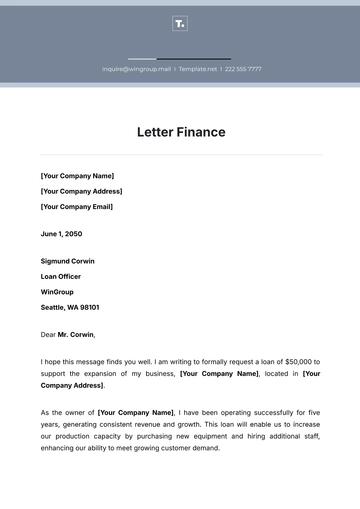Free Financial Analyst Case Study
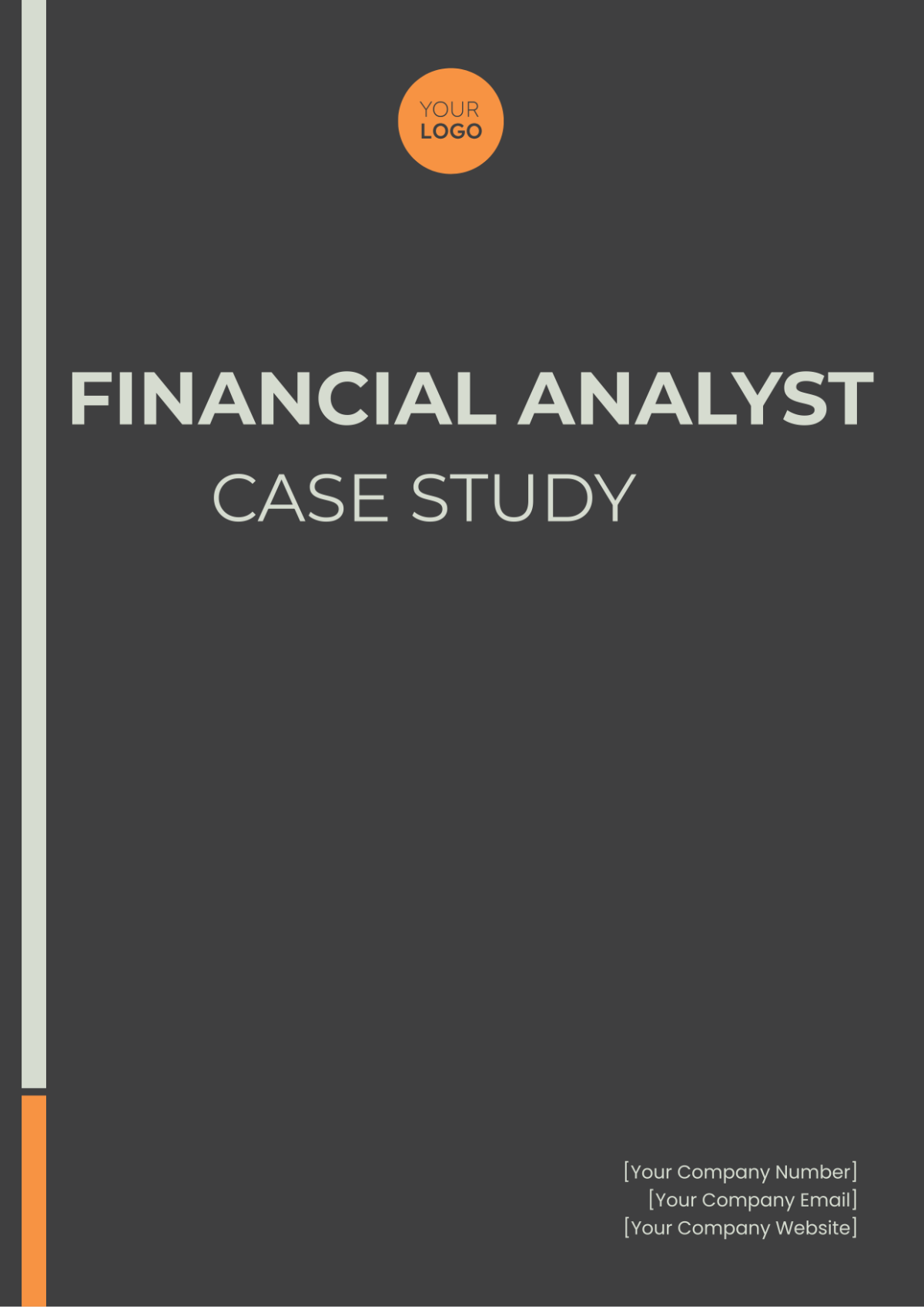
Financial analysis plays a crucial role in decision-making processes for businesses, offering insights into current performance, future projections, and potential risks. This case study template aims to provide a structured framework for conducting a detailed examination of a specific financial scenario or problem. By analyzing financial data, interpreting trends, and making informed recommendations, financial analysts can support stakeholders in making strategic decisions to optimize financial performance.
I. Executive Summary
The executive summary provides a concise overview of the financial analysis, highlighting key findings and recommendations. It serves as a snapshot for stakeholders who may not have the time to delve into the full report immediately. Key components of the executive summary include:
Overview of the financial scenario or problem
Summary of findings from the analysis
High-level recommendations for decision-makers
For instance, in a case study focusing on [Your Company Name]'s revenue growth strategy, the executive summary may highlight the current revenue trends, key drivers impacting revenue, and recommendations for enhancing revenue streams.
II. Introduction
The introduction sets the stage for the financial analysis, providing background information on the company, industry, or specific financial issue under examination. It outlines the purpose of the analysis and the scope of the case study. Key elements of the introduction include:
Company background and history
Overview of the industry and market dynamics
Statement of the problem or objective
For example, in a case study exploring [Your Company Name]'s financial performance, the introduction may provide a brief history of the company, an overview of the industry it operates in, and the specific financial challenges it faces, such as declining profitability or liquidity concerns.
III. Methodology
The methodology section outlines the approach and techniques used to conduct the financial analysis. It provides transparency into the process and ensures that the analysis is conducted systematically and rigorously. Components of the methodology section include:
Data sources and collection methods
Analytical tools and techniques employed
Assumptions and limitations
For instance, in a case study analyzing [Your Company Name]'s cash flow management, the methodology may involve gathering financial statements, conducting ratio analysis, and benchmarking against industry peers. Assumptions regarding cash flow projections and potential risks may also be outlined.
IV. Financial Analysis
The financial analysis section presents the findings of the analysis, focusing on key financial metrics, trends, and performance indicators. It provides a comprehensive evaluation of the company's financial health and identifies areas of strength and weakness. Components of the financial analysis include:
Profitability analysis (e.g., profit margins, return on investment)
Liquidity analysis (e.g., current ratio, quick ratio)
Solvency analysis (e.g., debt-to-equity ratio, interest coverage ratio)
Efficiency analysis (e.g., asset turnover, inventory turnover)
For example, in a case study assessing [Your Company Name]'s profitability, the financial analysis may reveal declining profit margins due to rising costs or stagnant revenue growth. It may also highlight areas of opportunity for improving efficiency and reducing expenses.
V. Recommendations
The recommendations section provides actionable insights and strategic recommendations based on the findings of the financial analysis. It offers guidance to decision-makers on potential courses of action to address identified issues or capitalize on opportunities. Key components of the recommendations section include:
Prioritized list of recommendations
The rationale for each recommendation
Implementation plan and timeline
For instance, in a case study focused on [Your Company Name]'s working capital management, the recommendations may include optimizing inventory levels, renegotiating payment terms with suppliers, and implementing more efficient cash flow forecasting processes. The rationale for each recommendation may be supported by financial analysis findings and industry best practices.
VI. Conclusion
The conclusion provides a summary of the key insights and implications of the financial analysis. It reinforces the importance of the recommendations and emphasizes the potential impact on the company's financial performance and long-term viability. The conclusion may also highlight areas for further research or analysis.
For example, in a case study examining [Your Company Name]'s capital structure, the conclusion may summarize the optimal debt-to-equity ratio identified through financial analysis and reiterate the importance of maintaining a balanced capital structure to support growth objectives while minimizing financial risk.
VII. Appendix
The appendix section includes supplementary information that supports the findings and recommendations presented in the case study. It provides additional data, charts, tables, and any other relevant materials that enhance the understanding of the financial analysis. Key elements of the appendix may include:
Detailed financial statements (e.g., balance sheet, income statement, cash flow statement)
Graphs and charts illustrating financial trends and comparisons
Calculation methodologies and formulas used in the analysis
Supporting documentation such as industry reports or market research
For example, in a case study analyzing [Your Company Name]'s liquidity position, the appendix may include detailed financial statements for multiple years, a trend analysis of liquidity ratios over time, and a breakdown of the components of working capital. Graphs and charts may be used to visually depict changes in liquidity metrics and compare them to industry benchmarks.
Prepared By:
[YOUR NAME]
[YOUR POSITION]
[YOUR COMPANY NAME]
Contact Information:
[Your Company Email]
[Your Company Number]
[Your Company Website]
[Your Company Address]
- 100% Customizable, free editor
- Access 1 Million+ Templates, photo’s & graphics
- Download or share as a template
- Click and replace photos, graphics, text, backgrounds
- Resize, crop, AI write & more
- Access advanced editor
Discover the ultimate tool for aspiring financial analysts with the Financial Analyst Case Study Template from Template.net. Crafted to perfection, this editable and customizable resource streamlines your case study creation process. Whether you're a novice or a seasoned pro, leverage its versatility—it's not just customizable but editable in our AI editor too, ensuring seamless adaptation to your unique needs.
